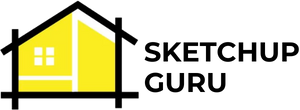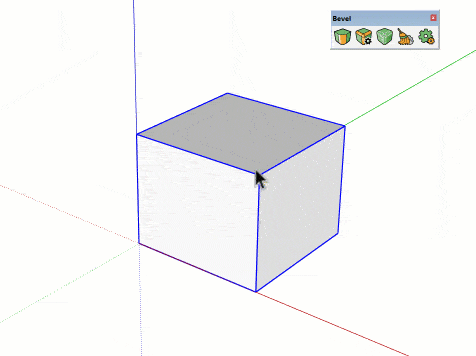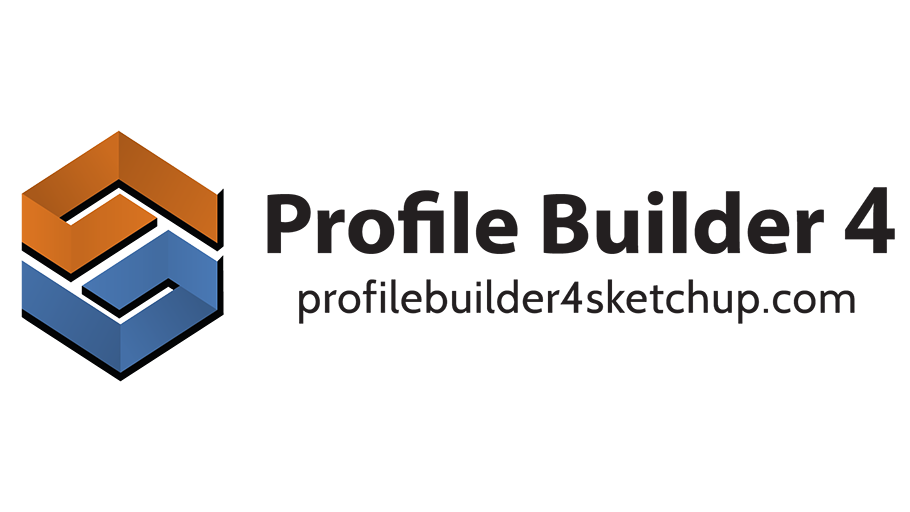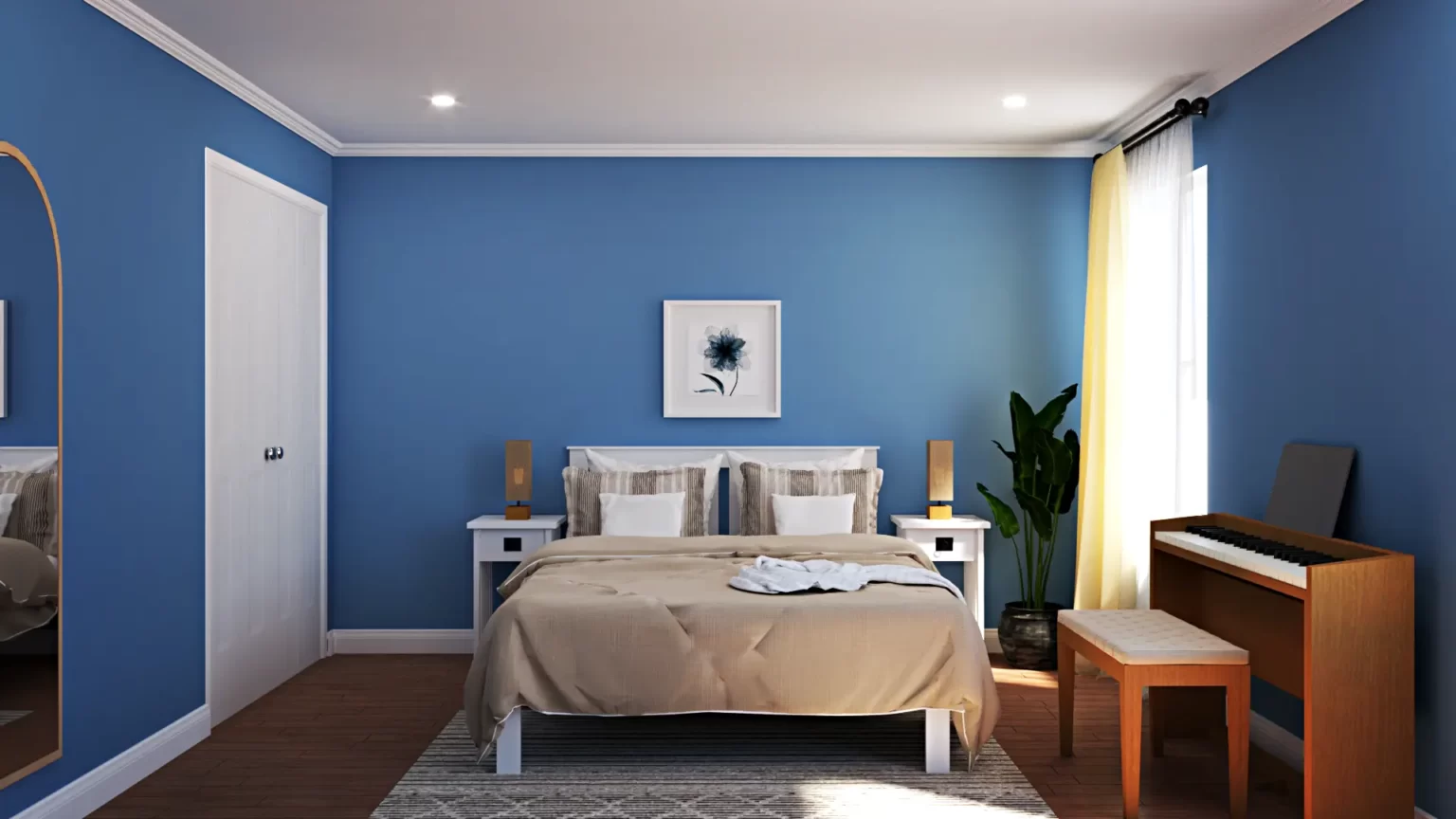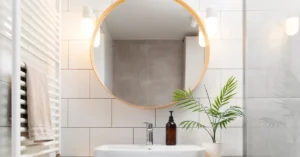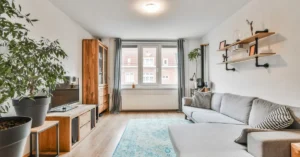A Comprehensive SketchUp Workflow Guide: Product Design with SketchUp

Introduction to SketchUp in Product Design
SketchUp has emerged as a powerful tool in the realm of product design, offering designers a versatile platform to bring their creative visions to life. With its intuitive interface and robust modeling capabilities, SketchUp facilitates the entire design process, from conceptualization to manufacturing. In this comprehensive guide, we delve into the intricacies of product design with SketchUp, exploring the ideal workflow and best practices to maximize efficiency and creativity.
Understanding SketchUp’s Role in Product Design
SketchUp’s popularity in product design stems from its unique blend of simplicity and functionality. Designers across various industries, from furniture and home goods to mechanical components, leverage SketchUp’s intuitive tools to visualize and iterate their ideas effectively. The software’s user-friendly interface allows for quick prototyping and experimentation, empowering designers to explore different design concepts with ease.
The Ideal Workflow for Product Design in SketchUp
Conceptualization and Sketching
The product design process typically begins with conceptualization and sketching. Whether sketching ideas on paper or directly in SketchUp, designers start by creating basic shapes and lines to explore different forms and functionalities. This initial phase is crucial for brainstorming and developing the overall design concept.
Refining the Design
Once the initial concept is established, designers move on to refining the design in SketchUp. Using SketchUp’s push/pull tool and other modeling features, designers add more details to the design, shaping the 3D form of the product. Considerations such as ergonomics, aesthetics, and usability are taken into account during this stage to ensure the design meets the intended requirements.
Organizing the Model
As the design progresses, it’s essential to organize the model effectively to maintain clarity and accessibility. Components and groups can be implemented to categorize and structure different parts of the model, making it easier to navigate and manipulate as the design becomes more complex.
Material Application and Texturing
SketchUp’s extensive material library and plugins enable designers to apply realistic textures and finishes to their models. Experimenting with different materials allows designers to visualize how the product will look and feel in its final form. For more advanced texturing and rendering effects, designers can explore rendering plugins compatible with SketchUp to create high-quality visuals for presentations and marketing materials.
Prototyping and Testing
Once the detailed model is complete, designers use SketchUp’s dimensions and annotations tools to prepare the design for prototyping. Many designers leverage 3D printing technology to create physical prototypes of their SketchUp models, allowing for thorough testing of functionality, ergonomics, and user experience. Based on feedback from testing, designers can make any necessary adjustments to the design in SketchUp before finalizing it for manufacturing.
Preparation for Manufacturing
Before sending the design for manufacturing, designers must ensure that all components are accurately dimensioned and fit together as intended. SketchUp’s solid tools can be used to check for any issues that may affect the manufacturing process. The model is then exported in a suitable file format for manufacturing, such as STL for 3D printing or DWG/DXF for CNC machining.
Documentation and Presentation
Creating detailed documentation is essential for manufacturing and patent applications. Designers can use LayOut, available with SketchUp Pro, to generate exploded views, assembly instructions, and other necessary documentation. Additionally, SketchUp’s rendering capabilities or external rendering software can be utilized to create photorealistic images of the product for marketing and client presentations.
Leveraging SketchUp’s Ecosystem for Enhanced Product Design
Extensions and Plugins
The SketchUp Extension Warehouse offers a plethora of tools specifically designed for product design, ranging from advanced rendering solutions to organic modeling tools and technical drawing enhancements. These extensions expand SketchUp’s native capabilities, allowing designers to customize their workflows and achieve desired outcomes more efficiently.
3D Warehouse
The 3D Warehouse serves as a valuable resource for designers, providing access to millions of pre-made models and components. Designers can incorporate these models into their designs, saving time and effort in the modeling process. Whether it’s standard parts or complex assemblies, the 3D Warehouse offers a diverse range of components to enhance product designs.
Community Support
The SketchUp community plays a vital role in supporting designers throughout the product design process. From sharing design inspiration to offering troubleshooting advice and plugin recommendations, the SketchUp community forums serve as a valuable source of information and collaboration for designers worldwide.
Conclusion: SketchUp as a Catalyst for Product Design Innovation
SketchUp revolutionizes the product design process, offering designers a seamless workflow from concept to manufacturing. By following the ideal workflow outlined in this guide, designers can harness SketchUp’s full potential to enhance creativity, efficiency, and collaboration. As the landscape of product design continues to evolve, SketchUp remains a versatile and powerful tool, empowering designers to transform their innovative ideas into tangible realities.
Embrace SketchUp in your product design projects to streamline your workflow, enhance collaboration, and bring your creative visions to life. With its intuitive design environment and supportive community, SketchUp serves as your ultimate partner in creative exploration and product design excellence. Whether you’re a seasoned professional or a budding designer, SketchUp offers the tools and resources you need to take your product designs to the next level.
